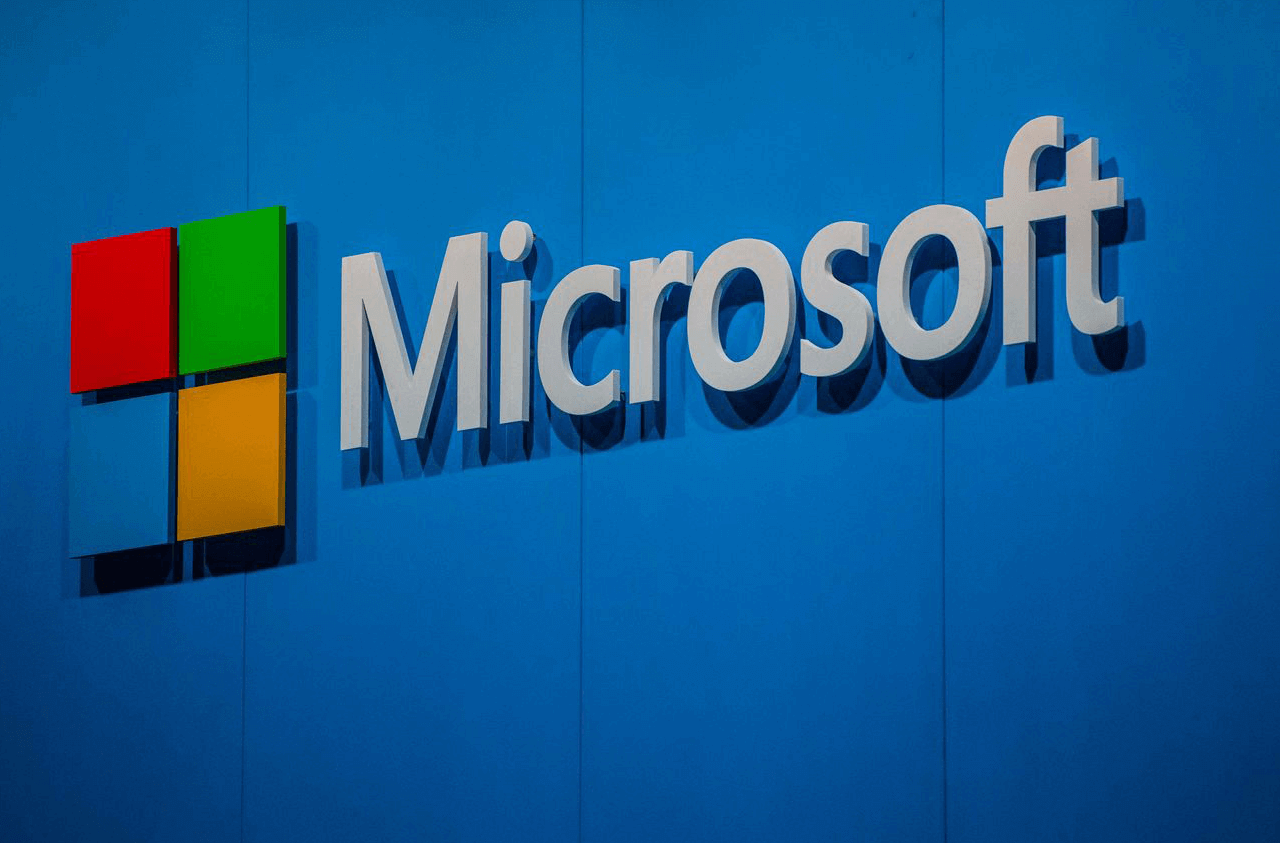Microsoft, with a vision “cloud for good” created Microsoft Philanthropies, in December 2015. It committed to provide $1 billion of Microsoft cloud services to non-profits and researchers over a period of three years. However, it has successfully donated $465 million to 71,000 organizations in the 2016 itself.
“We’re committed to helping nonprofit groups and universities use cloud computing to address fundamental human challenges,” said Microsoft President Brad Smith. “One of our ambitions for Microsoft Philanthropies is to partner with these groups and ensure that cloud computing reaches more people and serves the broadest array of societal needs,” he added further.
This three-part initiative of Microsoft aims to ensure that the cloud serves the public good by making cloud resources available to the nonprofits, expanded access for faculty research in universities and a low- cost last mile solution for internet access challenges.
Mary Snapp, Corporate Vice President of Microsoft Philanthropies in her blogpost wrote, “We announced a three-year initiative to donate $1 billion in cloud computing resources to 70,000 nonprofit organizations and 900 university researchers, and to expand broadband access in 15 countries.”
She writes further “In 2016, we reached nearly half of our three-year goal for donations and surpassed our target for nonprofit organizations served by donating $465 million in cloud services to more than 71,000 organizations”.
In this productive first year of commitment, Microsoft has delivered internet access to health clinics, remote schools and community centers in 11 countries, expanded computer science education access to 225 high schools in US, benefitted 19,000 nonprofits and schools via employee giving program and served refugees and displaced people.
Snapp said that “In particular, in 2017, we will continue to drive initiatives in education, increase our support for humanitarian action, and work to make technology more accessible for people living with disabilities. We will also support new technology training opportunities for in-demand jobs that don’t require a four-year college degree but do require learning beyond high school.”








